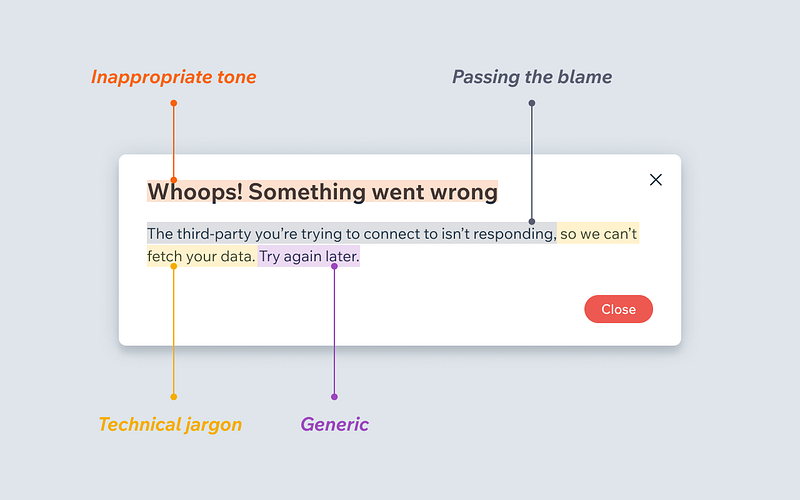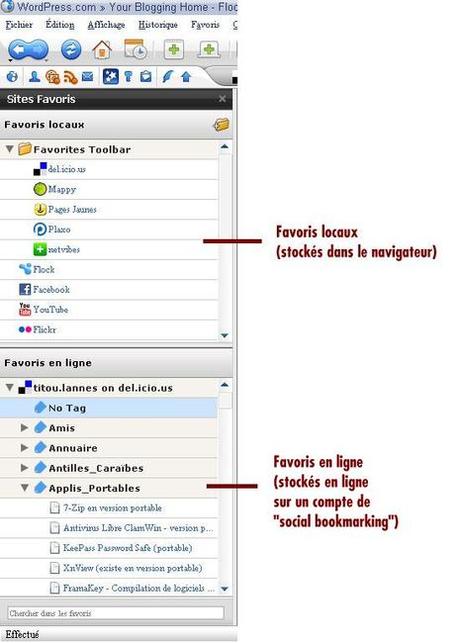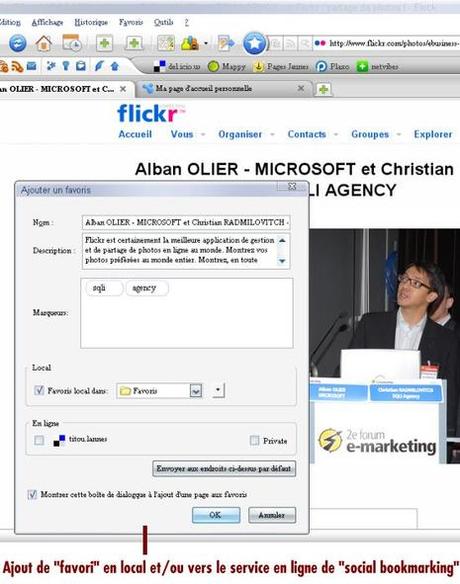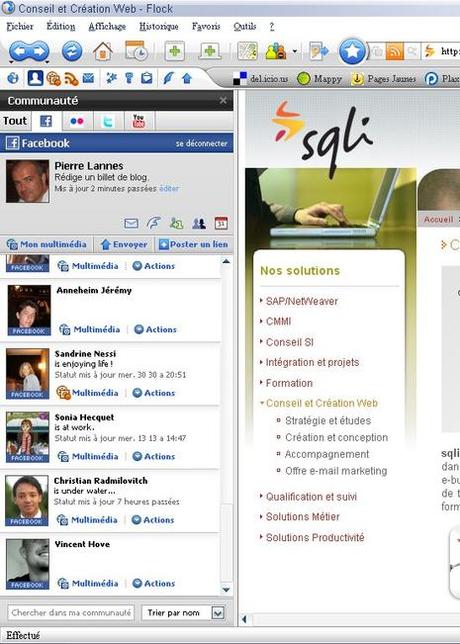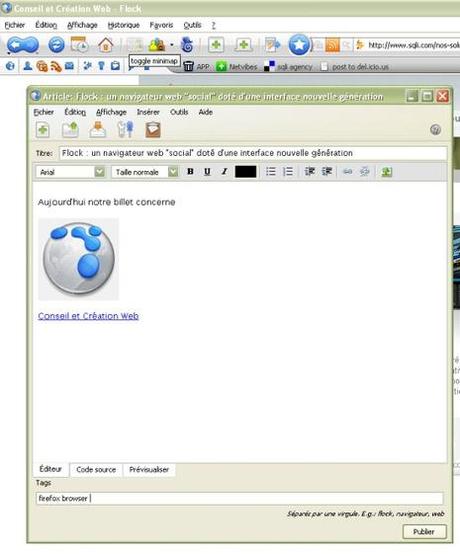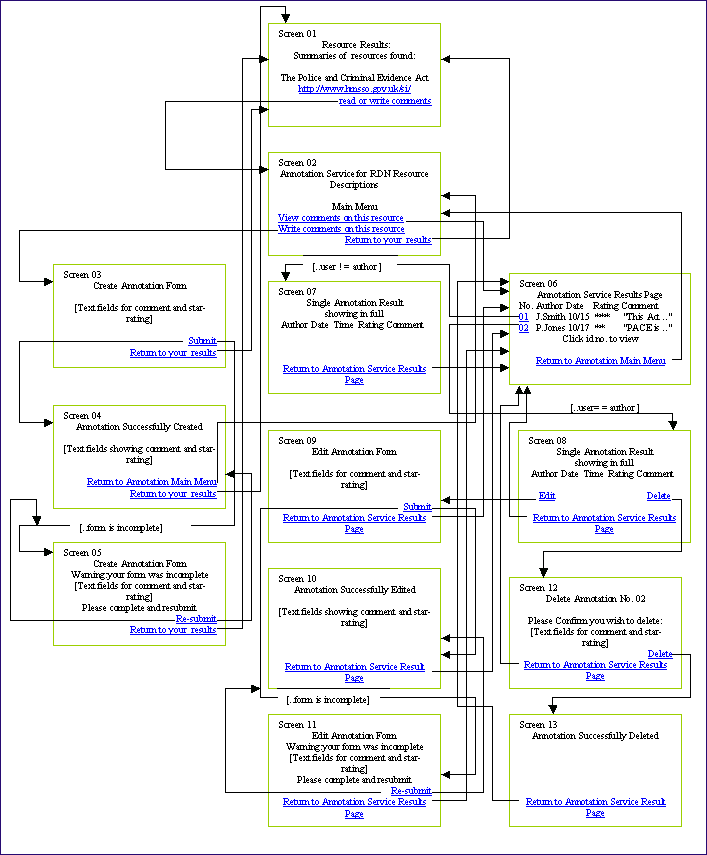I find it somewhat interesting to note that with 246 public annotations on this page using Hypothes.is, that from what I can tell as of 4/2/2019 only one of them is a simple highlight. All the rest are highlights with an annotation or response of some sort.
It makes me curious to know what the percentage distribution these two types have on the platform. Is it the case that in classroom settings, which many of these annotations appear to have been made, that much of the use of the platform dictates more annotations (versus simple highlights) due to the performative nature of the process?
Is it possible that there are a significant number of highlights which are simply hidden because the platform automatically defaults these to private? Is the friction of making highlights so high that people don't bother?
I know that Amazon will indicate heavily highlighted passages in e-books as a feature to draw attention to the interest relating to those passages. Perhaps it would be useful/nice if Hypothes.is would do something similar, but make the author of the highlights anonymous? (From a privacy perspective, this may not work well on articles with a small number of annotators as the presumption could be that the "private" highlights would most likely be directly attributed to those who also made public annotations.
Perhaps the better solution is to default highlights to public and provide friction-free UI to make them private?
A heavily highlighted section by a broad community can be a valuable thing, but surfacing it can be a difficult thing to do.

